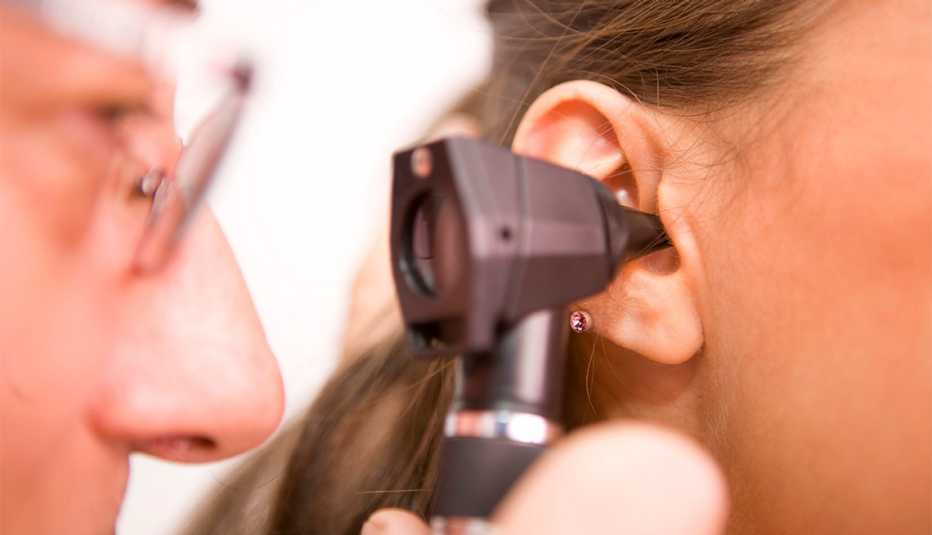AARP Hearing Center


You're dining out with friends in a busy restaurant and listening as they talk about … well, you're not entirely sure; you're struggling to make out what the heck they're saying. Strange, because your hearing is usually pretty sharp and you aced a recent audiogram. So what's behind all the static?
It could be hidden hearing loss, also called hidden hearing disorder, a term used to describe a specific hearing problem in which you can hear just fine in quiet or normal settings but have difficulty when there's competing background noise. Tough environments include crowded restaurants, cocktail parties and bustling workplaces.
Experts say many people have this disorder (which can coexist with tinnitus and hypersensitivity to sound) and don't know it.
"It may be hard to hear in restaurants, but they're probably not sufficiently motivated to see an audiologist,” says Daniel B. Polley, director of the Lauer Tinnitus Research Center at Massachusetts Eye and Ear and an associate professor of otolaryngology head and neck surgery at Harvard Medical School. And even if sufferers are motivated to do so, this condition can't always be detected in the quiet testing room for an audiogram — the gold-standard test of hearing sensitivity.
As part of research conducted at Massachusetts Eye and Ear, study authors reviewed more than 100,000 patient records over 16 years and found that about 1 in 10 who visited the audiology clinic had complaints of hearing difficulty; yet auditory testing revealed they had normal audiograms.
Causes
A big part of the problem is that life's become too loud, and it's affecting our hearing. “There are more people; there are more mechanized devices; there's more background noise,” Polley says. “Our longevity and the amount of noise in the environment have combined to create this perfect storm of difficulty.”
And it doesn't take much to inflict damage. In fact, says Catherine Palmer, audiology program director in the University of Pittsburgh's School of Health and Rehabilitation Sciences and president of the American Academy of Audiology, “most researchers feel that long exposures to even low-level noise may cause hidden hearing loss."

































































More on Health
Memory Problems Linked to Hearing Loss in Older Adults
Study also cites reduced social activity, psychological stress
Do You Have Hidden Hearing Loss?
Long exposure to even low-level noise may cause this underdiagnosed disorder